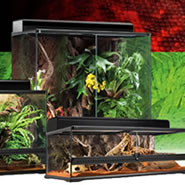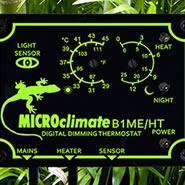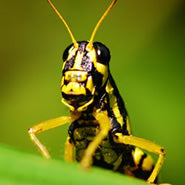Free Delivery
On order over £99*
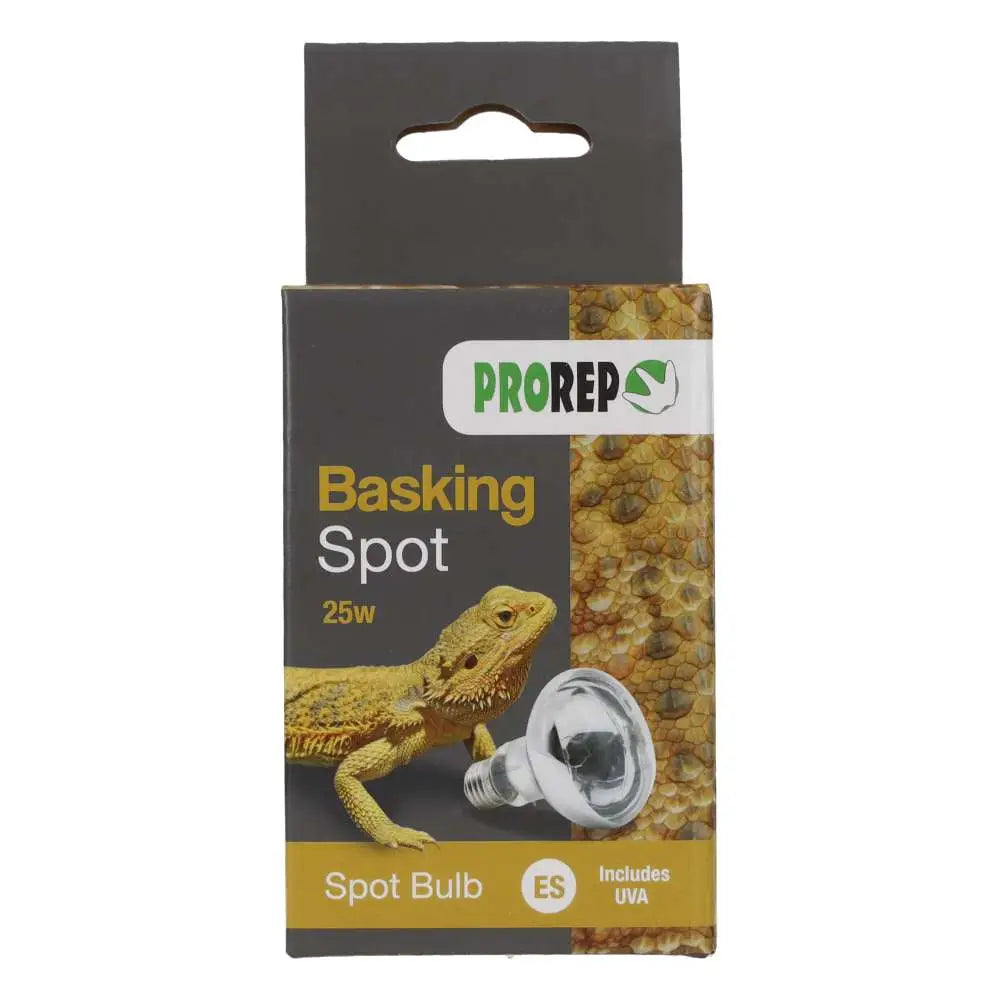
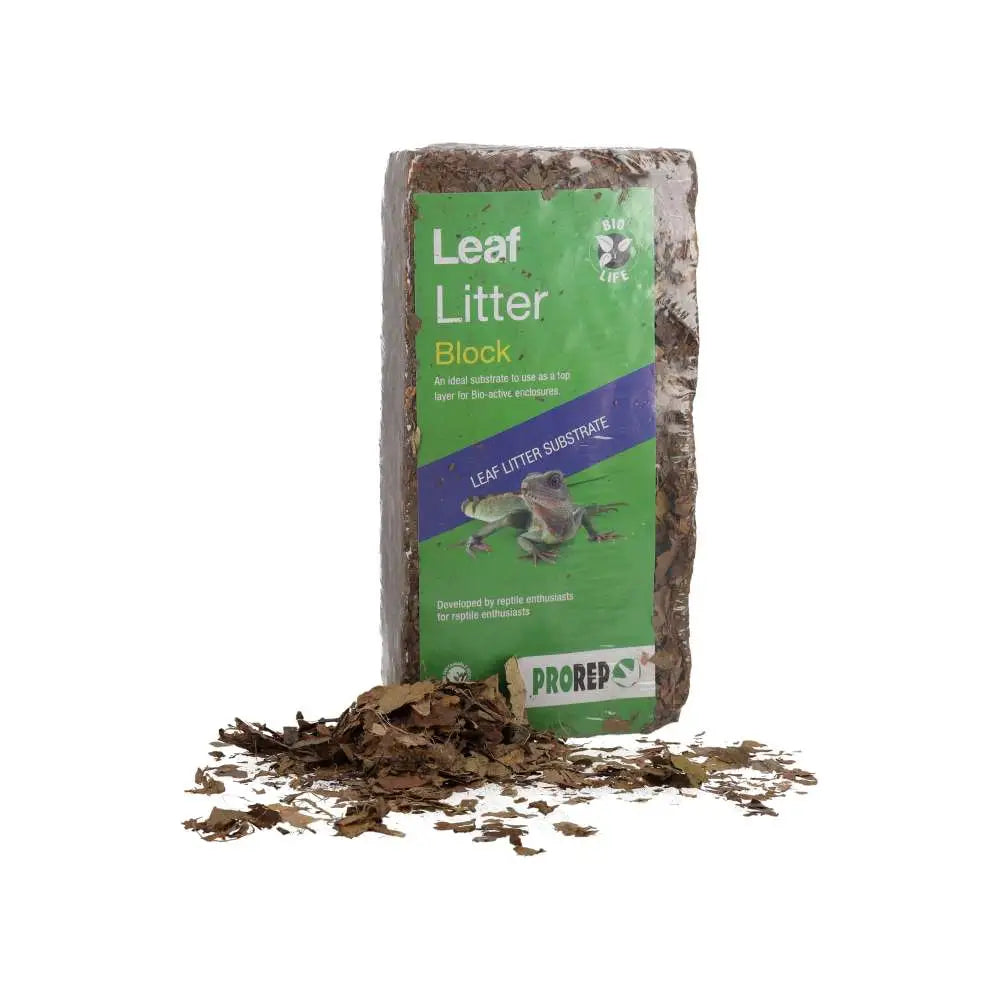

Housing: a glass terrarium of at least 450x450x300mm

Heating: ambient air temperature of 75oF

Diet: carnivorous diet of insects and aquatic livefood

Decoration: damp substrate to raise humidity levels

Semi-aquatic newts that do brilliantly in bio-active enclosures
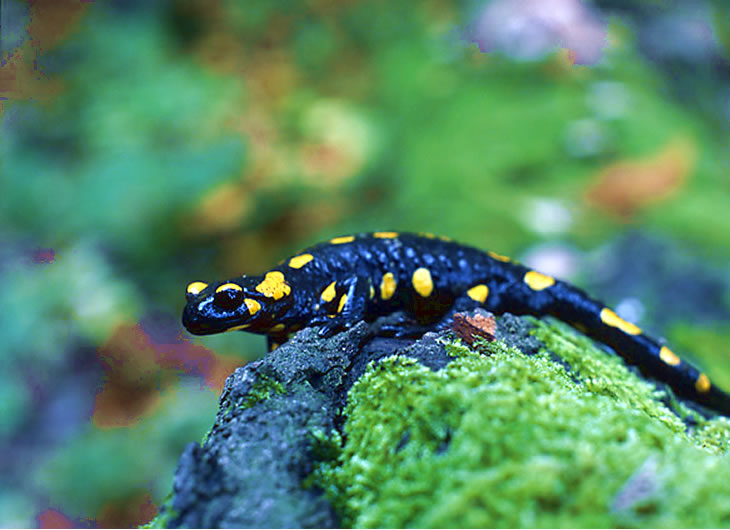
Fire salamanders do well with a glass terrarium as their enclosure. This is because glass is great at allowing heat to escape ensuring that the enclosure stays cool enough. Other enclosures such as wooden vivariums are far too efficient at retaining heat.
The fire salamander's vivarium should be at least 450mm in length while they are young, 600mm when they are older and 300mm in height. The fire salamander is going to grow to around 6-10" so they need a space large enough for them to move around in.
Fire salamanders require a near constant air temperature of 75oF. This is best achieved by sticking a heatmat on one side of the glass enclosure. This heatmat is regulated using a thermostat to make sure the temperature stays constant.
As the glass is only being heated on one side this also creates a small temperature gradient within the enclosure allowing the salamander to warm itself up or move away to cool down. We would usually build up one side of the enclosure as a land side and this is the side we would keep warm.
If the enclosure is not able to get up to temperature with the heat mat alone a small basking bulb may be implemented in the canopy as long as the temperatures do not exceed 75oF.
Fire salamanders are an aquatic salamander and should be allowed areas to swim in. These should be deep enough for the salamander to fully sumberge but should include shallow areas for the salamander to rest and climb out.
Some areas can be raised up above the water level as long as they remain moist. Pebbles and moss are great for creating raised areas that remain saturated.
The salamanders vivarium can be decorated with artificial plants for a more natural look. Natural wood ornaments look very effective and also provide further perches for the salamanders. Trailing plants are very good at disguising electrical wires and equipment, as well as providing cover for young amphibians.
If the body of water is quite large we would advise using a small filter to keep the water clean and to move it around to prevent stagnation.
Fire salamanders are carnivorous and have a diet consisting of mainly livefoods. The core of the livefood diet should be high in protein and relatively easy to digest. We have found that brown crickets are the most readily accepted, but you can also use black crickets or locusts (hoppers). They can also be fed aquatic livefoods. Firm favourites would be bloodworm and tubifex, we would advise separating the livefood from it's water before feeding to the salamander.
Sign up to the Reptile Centre newsletter so you don't miss out on all the latest offers and guides to give your pet the best they deserve


